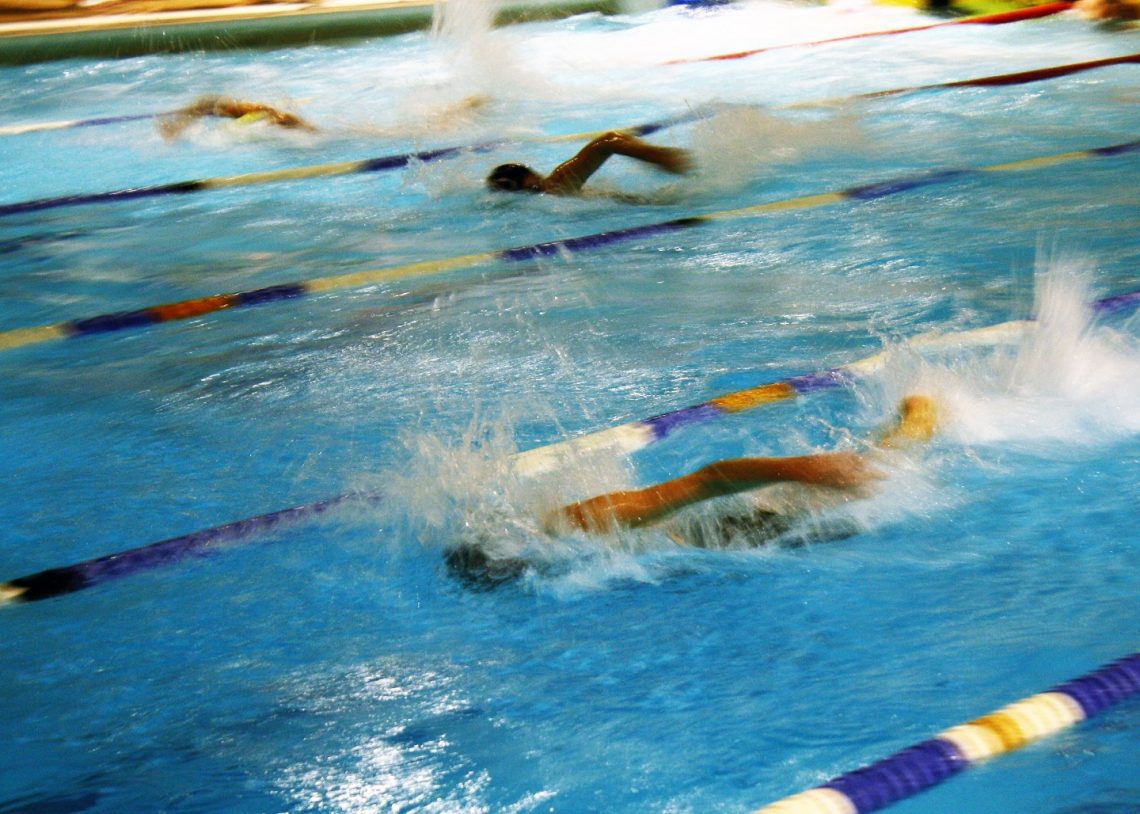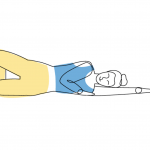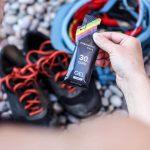
How do I stop myself swimming too fast?
Part of our “You Asked, We Answered” series
You asked
One thing I have noticed about my swimming training: I seem to be pushing the pace a little faster than I need. As soon as I take that first stroke, I swim faster than I need for a training session.
I have been told that because I was once a runner, I am programmed to push myself harder for that PB every time I train.
I find that even though I can control my breathing quite well, I still feel a little breathless a lot sooner than I should and a few seconds of treading water to ‘catch my breath‘ is sometimes adopted – is there any technique I could adapt to swim at a more ‘economical’ pace and stop myself from treating each swimming session as a race? GM
We answered
Good question GM. Pacing in swimming is an essential but underrated skill – and it is underdeveloped in many swimmers, even those who swim at a high level. Athletes from other sporting backgrounds seem especially prone to starting fast and then slowing dramatically after a short distance. I saw this often in triathlon, when I used to do those, but it happens in open water races too.
Part of the problem is that swimming at a pace you can hold for say 1500m or for an entire training session initially feels ludicrously easy. This is made worse in a training environment or competitive situation when other people around are swimming fast and possibly pulling ahead of you.
To get better at pacing, you need to practice it. A good first step is to get an estimate of your so-called “Critical Swim Speed” (CSS), which is about the pace you could sustain for a 1500m race. If you do a Google search for “Critical Swim Speed Calculator” you will find a few options, most involving swimming a 400m and 200m time trial a few minutes apart. Alternatively, for a rough estimate, divide your 1500m race time by 15. CSS is usually expressed as time per 100m: for example, a CSS of 1:45 would be 1 minute and 45 seconds per 100m. Most people find that their CSS is significantly slower than the time it takes them to do a 100m sprint.
Training at CSS pace typically involves doing intervals of 100m or 200m with a short rest of 10 to 20s between each over a total distance of between 1200 and 2500m depending on your fitness and goals. Your aim is to swim each 100m at the same pace. For most people, this will feel relaxed initially, and then increasingly challenging as you move through the set. You need to train with a watch or a pace clock to do this properly.
Some coaches like to use a swimming metronome to help swimmers get used to the pace. You can set these to your CSS and get them to beep at the time you should complete each length of the pool. The trick is to stay level with the beep and not race ahead. It’s a useful tool but not essential.
At the beginning of your training set, tell yourself to relax. When you push off the wall, stay in a relaxed glide for a moment longer than you normally would, breathe out gently and then start swimming softly. Your goal is to hit the target time, not to set a record. If you do this regularly, not only will you develop a strong sense of your sustainable swimming speed, you should also increase it.
You can start practicing slower swimming as soon as you get in the water. It’s a good idea to do a gentle warm-up before any hard swimming anyway. If you struggle to slow down on front crawl, alternate between front crawl and backstroke on the warm-up. You could then do a few lengths of drills (slowly!) before you start your main training set. Remember to cool down when you finish the main set too, and use this as another opportunity to swim slowly.
Completing an even-paced CSS training set is tough but satisfying. Good luck and let us know how you get on.








